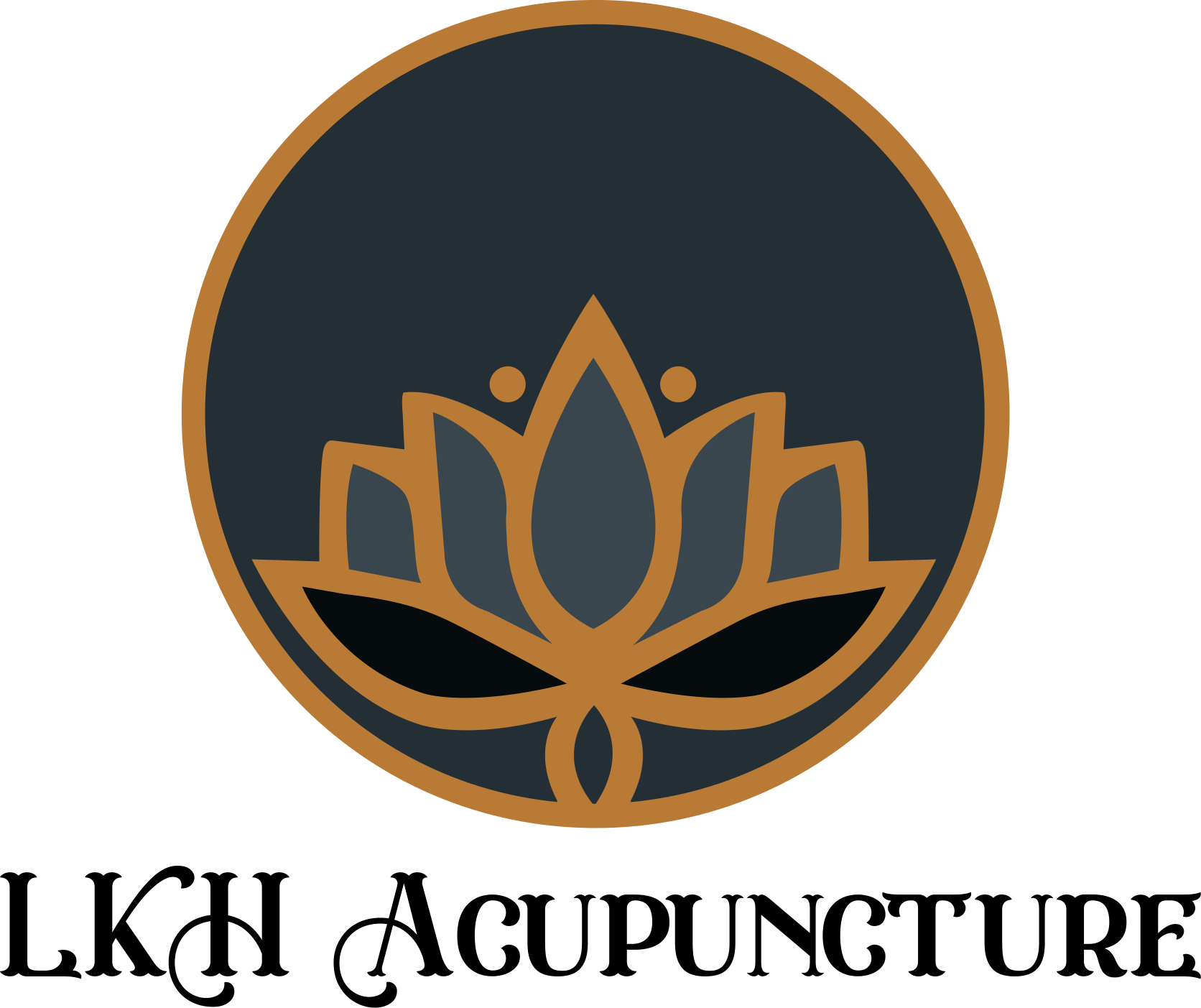Hieroglyphics 10,000 years ago reveal the first evidence of acupuncture.
In the industrial revolution, early acupuncture stone or”bian ” needles were replaced by finer gold and silver needles. Acupuncture had a long history in which its theories and treatment methods were developed both through trail and error, but there was also extensive government supported research.
Later with the introduction of Western medicine along with Chinese herbal medicine, during the Qing Dynasty, acupuncture went underground. During this time it was practiced among lay people and fell into disrepute as “folk medicine.”
Traditional Chinese Medicine is currently under this same threat as more under-trained healthcare practitioners add this to their scope of medicine. These practitioners are not practicing according to the traditional standards of TCM and the results will not be effective in the long term.
I keep mentioning this last point, because it is possible that we may loose a method of diagnosis and treatment that has tremendous value and credibility. Early on, acupuncture was used in the hospitals for surgery and analgesia. Now, most people only consider acupuncture when they are in pain.
Acupuncture is recognized by the World Health Organization to treat over 200 common clinical conditions. In my clinic I often treat stress, anxiety, depression, migraines, PMS, acne, menopause, hot flushes, insomnia, and digestive concerns. In the category of pain I have had success treating Schuermans disease which is a progressive spinal degeneration, TMJ, carpal tunnel syndrome, plantar fasciitis, low back pain, neck pain, whiplash, concussion, elbow pain, and knee pain.

